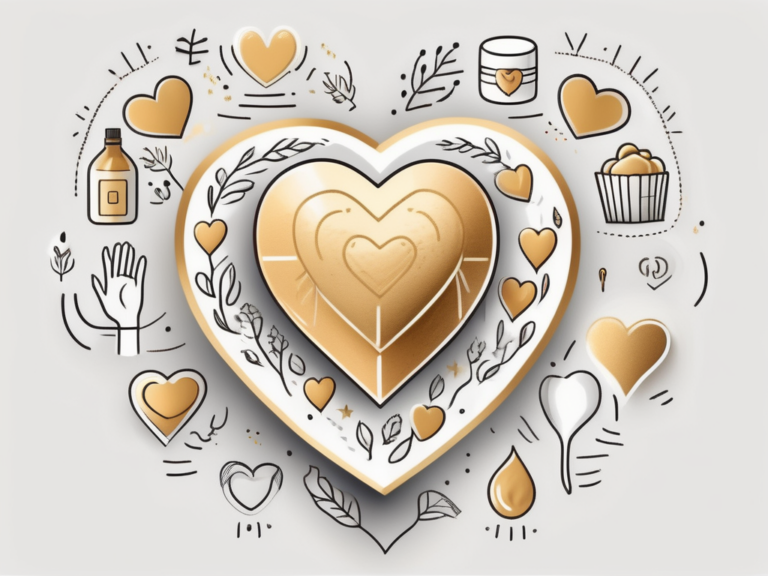what is white on the outside, soft in the inside, and golden in the heart?
Have you ever pondered on this riddle and wondered what could possibly fit this description? Well, the answer is as delightful as it is surprising. It’s an egg! Yes, you heard it right. An egg is white on the outside, soft on the inside, and golden at the heart. But there’s so much more to this humble food item than meets the eye. Let’s delve into the fascinating world of eggs and explore their myriad aspects.
The Anatomy of an Egg
Before we delve into the details, let’s start with the basics. An egg, specifically a chicken egg, is made up of several components, each with its own unique properties and functions. The shell, the white, and the yolk are the three main parts that we commonly refer to.
The shell, typically white or brown, depending on the breed of the chicken, serves as a protective barrier. It’s made primarily of calcium carbonate and is porous, allowing for the exchange of gases. The shell also has a thin outermost coating called the bloom or cuticle, which helps keep out bacteria and dust.
The Egg White
Once you crack open the shell, you’re greeted with the egg white, also known as the albumen. This clear, gel-like substance makes up about two-thirds of an egg’s liquid weight. It’s high in protein, low in fat, and contains most of the egg’s vitamins and minerals.
The primary function of the egg white is to protect the yolk and provide additional nutrition for the growth of the embryo, should the egg be fertilized. The thickness of the egg white can also be an indicator of the egg’s freshness—the thicker it is, the fresher the egg.
The Golden Heart: The Yolk
At the heart of the egg lies the yolk, a round, yellow sphere that serves as the egg’s primary source of vitamins and nutrients. It’s where all the fat-soluble vitamins (A, D, E, and K) are found, along with essential fatty acids.
The yolk is held in place by two spiral bands of tissue called the chalazae. Contrary to what some believe, these are not imperfections or signs of a fertilized egg, but are in fact, an integral part of the egg’s structure. The color of the yolk can vary based on the hen’s diet, but it’s typically a shade of yellow due to the presence of xanthophylls, a type of carotenoid pigment.
The Nutritional Powerhouse
Eggs are more than just a breakfast staple; they’re a nutritional powerhouse. They’re packed with high-quality protein, vitamins, minerals, and essential fatty acids. They’re also incredibly versatile, making them a favorite among chefs and home cooks alike.
One large egg contains about 70 calories, 6 grams of protein, and 5 grams of fat. It’s also rich in vitamin B12, vitamin D, riboflavin, and folate. Despite their small size, eggs are one of the few natural sources of vitamin D, which is essential for bone health.
Protein Power
When it comes to protein, eggs are hard to beat. They contain all nine essential amino acids, making them a complete protein source. This is particularly important for those who don’t consume meat, as most plant-based protein sources don’t provide all the essential amino acids in one package.
The protein in eggs is also highly bioavailable, meaning it’s easily absorbed and used by the body. This makes eggs an excellent choice for those looking to build muscle, lose weight, or simply maintain a healthy diet.
Vitamins and Minerals
Eggs are a treasure trove of vitamins and minerals. They’re an excellent source of selenium, a powerful antioxidant that helps protect the body from oxidative stress. They also provide iodine, necessary for healthy thyroid function, and phosphorus, essential for bone health.
The yolk is particularly nutrient-dense. It’s rich in lutein and zeaxanthin, two antioxidants that are beneficial for eye health. It also contains choline, a nutrient that’s vital for brain health but is often lacking in people’s diets.
The Culinary Delight
Eggs are a culinary delight, beloved by chefs and home cooks for their versatility and ease of use. They can be cooked in a myriad of ways, each method bringing out a different texture and flavor profile. From the humble boiled egg to the sophisticated soufflé, the possibilities are endless.
But eggs are not just for eating on their own. They play a crucial role in baking, acting as a leavening agent, emulsifier, and binder. They also add moisture, richness, and flavor to baked goods.
Cooking with Eggs
When it comes to cooking with eggs, the possibilities are endless. They can be scrambled, fried, poached, boiled, baked, or made into an omelette. Each method brings out a different aspect of the egg, making it a truly versatile ingredient.
Scrambled eggs, for instance, are soft, creamy, and comforting, while a fried egg has a crispy edge and a runny yolk that’s perfect for dipping toast into. Poached eggs are delicate and light, and boiled eggs can be enjoyed soft or hard, depending on your preference.
Baking with Eggs
In the world of baking, eggs are indispensable. They help bind ingredients together, provide structure and stability, and add moisture and richness. They also act as a leavening agent, helping baked goods rise and achieve a light, fluffy texture.
From cakes and cookies to bread and pastries, eggs play a crucial role in many of our favorite treats. They contribute to the flavor, color, and texture of baked goods, making them an essential ingredient in any baker’s pantry.
Conclusion
So, there you have it. The humble egg, white on the outside, soft on the inside, and golden at the heart, is a marvel of nature. It’s a nutritional powerhouse, a culinary delight, and a fascinating subject of study. Whether you enjoy them for breakfast, use them in your baking, or simply marvel at their complexity, eggs truly are a wonder to behold.
Next time you crack open an egg, take a moment to appreciate its intricate design and the nourishment it provides. And remember, the simplest things often hold the most wonder.






